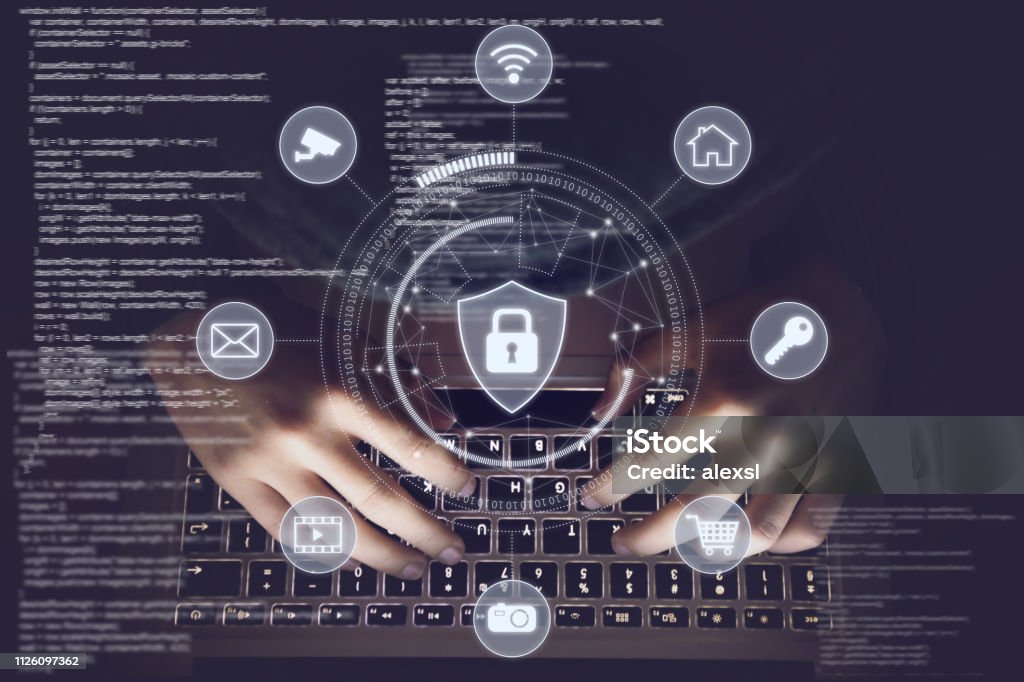In the world of networking and web development, technical terms often leave newcomers scratching their heads. One such term that might catch your attention is 127.0.0.1:49342. To the untrained eye, it appears as a random combination of numbers and symbols. However, to developers and IT enthusiasts, it holds a significant place in the mechanics of how computers communicate locally and globally.
This article delves deep into the concept of 127.0.0.1:49342, exploring its components, functionality, real-world applications, and why it’s relevant. Whether you’re a beginner trying to decode the mysteries of networking or a tech enthusiast seeking clarity, this guide has you covered.
What is 127.0.0.1:49342?
To understand 127.0.0.1:49342, we must break it down into its two components:
- 127.0.0.1: This is the IP address for “localhost.” It is a loopback address used to communicate with the same device. Think of it as your computer talking to itself.
- 49342: This represents a port number. Ports are virtual endpoints for communication, allowing multiple processes to use the network simultaneously.
When combined, 127.0.0.1:49342 refers to a local communication channel on a specific port. It is often used in web development, testing environments, and local servers.
The Role of 127.0.0.1 (Localhost)
What is Localhost?
Localhost is a network address that refers to your own device. By default, the IP address 127.0.0.1 is assigned to localhost. It allows software to communicate with the same machine it’s running on without using external networks.
Applications of Localhost
- Testing Servers Locally: Developers use localhost to test applications without deploying them to the internet.
- Simulating Network Environments: Localhost allows developers to create mock environments for debugging and experimentation.
- Database Management: Local databases like MySQL or MongoDB often interact with localhost during development.
Understanding Port Numbers
What are Ports?
Ports act as communication endpoints for different processes. Each port number identifies a specific application or service. For example:
- Port 80 is used for HTTP.
- Port 443 is used for HTTPS.
- Port 49342, as seen in 127.0.0.1:49342, might be assigned dynamically to a temporary or custom service.
Why Use Ports?
Ports enable multitasking in networks. Without them, a single application could monopolize the network, making it impossible for others to connect.
Real-World Example: Using 127.0.0.1:49342
Suppose you’re developing a web application. Your local server runs on 127.0.0.1, and the application is assigned to port 49342. By entering 127.0.0.1:49342 into your browser, you can access and test the application locally. This approach ensures that your development process remains isolated from the internet, enhancing security and reducing the risk of unauthorized access.
Benefits of Using 127.0.0.1:49342
- Enhanced Security: Localhost ensures data stays within your machine, preventing exposure to external threats.
- Cost-Efficiency: No need for hosting services during development.
- Control and Flexibility: Developers can tweak settings, run tests, and debug without external dependencies.
Common Issues with 127.0.0.1:49342
While 127.0.0.1:49342 is a robust tool for development, you might encounter challenges, such as:
- Port Conflicts: If another process uses port 49342, you may need to change it to avoid conflicts.
- Firewall Restrictions: Firewalls may block certain ports, including 49342.
- Configuration Errors: Incorrect server settings can prevent localhost connections.
How to Troubleshoot Problems with 127.0.0.1:49342
- Check Port Usage: Use tools like
netstatorlsofto identify if the port is in use. - Verify Firewall Settings: Ensure your firewall allows traffic on port 49342.
- Restart Services: Restart the local server to resolve temporary issues.
- Review Logs: Check application logs for error messages.
Best Practices for Using 127.0.0.1:49342
- Assign Unique Ports: Avoid conflicts by assigning unused port numbers.
- Monitor Resources: Regularly check CPU and memory usage during localhost testing.
- Secure Sensitive Data: Even in local environments, ensure data protection to prevent accidental exposure.
Frequently Asked Questions (FAQ)
1. What does 127.0.0.1:49342 mean?
It represents a localhost address (127.0.0.1) with a specific port number (49342). It is used for local communication between processes on the same machine.
2. Why is localhost important?
Localhost allows developers to test and debug applications in a controlled environment without internet access.
3. How do I access 127.0.0.1:49342?
Open a browser and type http://127.0.0.1:49342 in the address bar. Ensure the server or application using that port is running.
4. Can I change the port number from 49342?
Yes, you can configure the port in your server or application settings to avoid conflicts or meet specific requirements.
5. What tools can I use to troubleshoot issues with localhost?
Tools like ping, telnet, netstat, and application logs can help diagnose and resolve problems.
Key Takeaways
- 127.0.0.1:49342 is a combination of localhost and a port number used for local communication.
- It is widely used in web development, server testing, and debugging.
- Understanding and managing ports is crucial for seamless development processes.
- Common issues, such as port conflicts or firewall restrictions, can be resolved with troubleshooting tools and best practices.
Conclusion
The term 127.0.0.1:49342 may seem cryptic at first, but it plays a vital role in the networking world. It exemplifies the efficiency and flexibility of localhost and port communication, making it indispensable for developers and IT professionals. By mastering its applications and nuances, you can streamline your development process and ensure smooth project execution. So the next time you encounter 127.0.0.1:49342, you’ll know exactly what it means and how to use it effectively.

